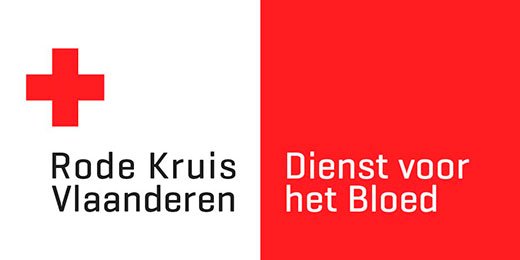Applications and preanalytical instructions
Our laboratory testing offerings focus on services for the benefit of medical laboratories seeking to refer testing and research questions to a service with specialized testing systems and special medical expertise.
Requesting laboratory tests within diagnostic request paths
Application paths
Because of the complexity of diagnostic tests requested at Belgian Red Cross-Flanders , request paths were designed that, starting from a concrete diagnostic question, specify the tests necessary to solve the question as efficiently as possible. The application paths offered conform to international guidelines for the field and are maintained by Belgian Red Cross-Flanders.
Each individual request path explains the testing algorithm followed for each diagnostic query:
- Application paths BL
- Immunohematology (IH) > Application Pathway
- Patient-specific blood products > Application pathway
- Application paths CELA > Form > Application path
- Application paths HILA > Form
- Organ transplantation > Application pathway > Information
- Hematopoietic stem cell transplantation > Application pathway > Information
- Other > Application path
We strongly recommend that the referring laboratory specify the application path name on the subcontract application form rather than individual test names. The designations of each application path can be found in the (sub)titles of the Application Paths.
Steel off-take and steel off-take volume
A steel tube code consists of a combination of 1 letter followed by 1 digit.
The letter specifies the steel grade:
- E represents a vacuum tube containing EDTA that will contain the sample type EDTA whole blood
- S stands for a vacuum tube without anticoagulant, to obtain serum
- A represents a vacuum tube containing the ACD (acid-citrate-dextrose) anticoagulant Solution A
- P represents a tube of EDTA plasma
The figure specifies the blood volume to be aspirated:
- e.g., E4 for an EDTA vacuum tube with aspiration volume of 4 mL
- e.g. S6 for a serum vacuum tube with aspiration volume of 6 mL
A request path usually includes several tests, and may require multiple sample tubes, so the sample removal information accompanying a request path may list multiple sample tube codes.
Applications for laboratory tests ikv studies, outside ZIV
Study Application form ad hoc application
Please use this link Study Application Form Ad Hoc Application to complete the necessary details regarding your clinical trial application.
Preanalytical preservation and shelf life of the study material
EDTA whole blood |
Blood Bank Lab and CELA:
Opgelet: in geval van kruisproef en opsporen van onregelmatige antistoffen vereist borging van de klinische relevantie dat de test zo snel mogelijk na staalafname (bij voorkeur < 6 u) uitgevoerd wordt. HILA:
|
ACD thoroughbred (Solution A) |
|
EDTA plasma |
|
Stol blood/Serum |
|
Acceptance criteria forms and samples
Acceptance criteria were defined for each application/sample. Applications and/or samples that do not meet these criteria may be rejected and subsequently destroyed. The report will state that the tests were not performed stating the reason for not processing the application.
Forms
Applications by referring laboratories must comply with the NIHDI legislation. The laboratory information systems (LIS) used by the referring laboratories can print an appropriate subcontract request form with all data as required by the NIHDI legislation for subcontracting. This form should specify the requested request pathway and be sent to our laboratory along with the study material. If the referring laboratory has not included the request paths in its subcontract request form then the request form, correctly completed by the requesting physician must be attached to the referring laboratory's subcontract request form.
| Patient data |
|
| Donor data |
|
| Applicant |
|
| Request |
|
Steel
- Sample identification is such that the link to the application form is unambiguous (common unique number or Name, first name AND date of birth).
- Each sample is separately identified. If you have multiple collections from the same patient at different times, please indicate date and time of collection on the samples as well.
- Samples are in accordance with blood collection instructions.
- Samples are intact. Broken or leaking pipes are removed immediately.
Transport
General criteria
- Transport of medical samples for laboratory purposes is covered by the European directive UN 3373 (Biological substance category B) and the transported samples should therefore have the following identification:

- Transport the samples can at room temperature.
- No sending of samples via regular mail on Fridays.
-
You are responsible for transportation of samples to the correct performing laboratory. Belgian Red Cross-Flanders cannot be held responsible for late diagnostics due to transportation of (urgent) samples between the different sites of Belgian Red Cross-Flanders.
CAUTION: NEVER place samples in an exam box!!! Exam boxes are for transportation of blood products only.
Analysis methods, TAT and performance codes.
Scope
An overview of our tests, TAT, analysis methods and performance codes is available in the document"Overview of Tests.
Laatst aangepast op 30/04/25.
